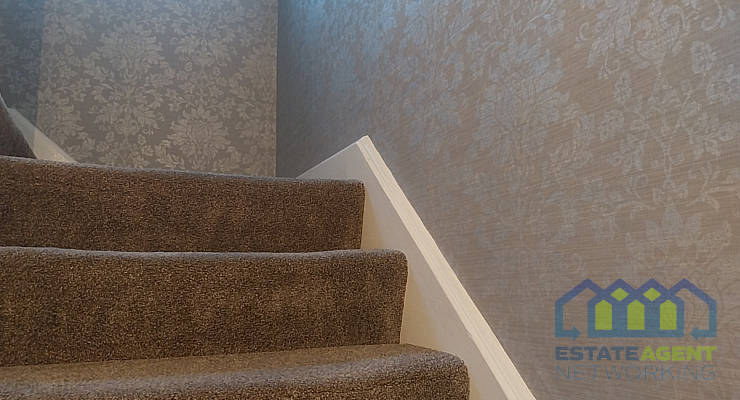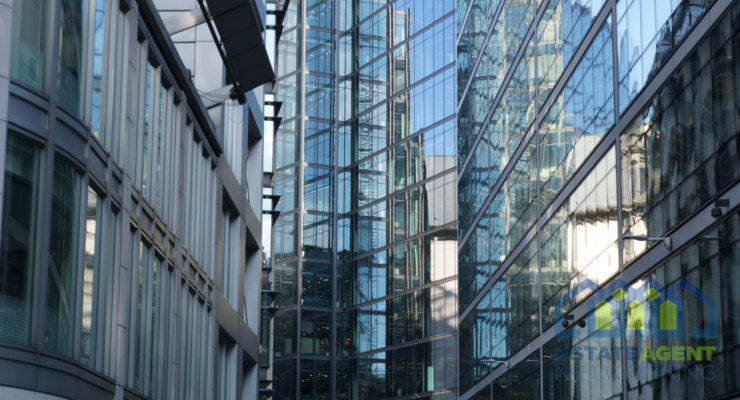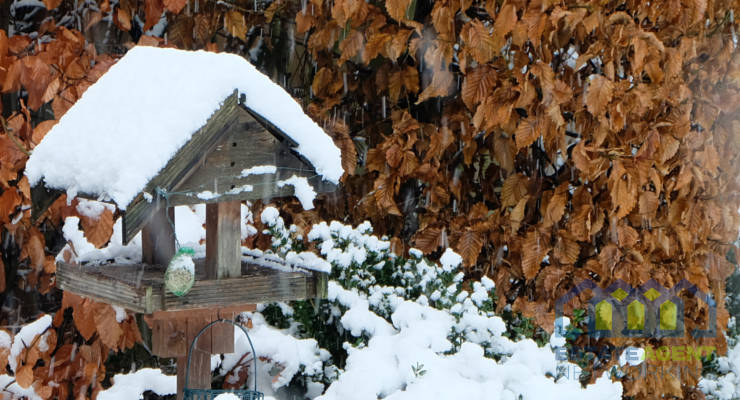What is the best material for balustrades?
Balustrades are both a practical and eye-catching design feature for all kinds of properties, providing safety, style, and privacy as needed in a range of settings.
Whether you need to partition an outside area or secure a staircase or balcony to protect against falls, there are countless options to choose from – but the materials that the balustrade is made from should be one of your top considerations.
Not only do you want your balustrade system to complement the building’s architectural style, but you also need to select the right materials for the specific environment to ensure its longevity.
Let’s take a look at some of the different materials most commonly used for balustrades to evaluate their advantages and disadvantages.
Timber balustrades
Wooden railings are the most traditional balustrades, used throughout history and still found in many homes and public buildings thanks to their classic look.
Wood can be warmer to the touch and richer in colour than more contemporary materials, and balusters can also be carved in a variety of simple or intricate designs and finished in a selection of styles – whether they are stained or painted different colours.
However, harder woods are needed for balustrades to be more durable, which can be costlier. There is also extra maintenance and expense required to treat and re-seal the wood every year or so to prevent splintering or rotting, especially if they are located outdoors.
Wrought iron balustrades
Another classic material associated with a more vintage look is wrought iron or cast iron. These ornate balustrades can be fabricated in custom designs.
This material lends itself to a more decorative balustrade style, adding an element of timeless elegance to any building. Iron is strong enough to resist impacts, and newer technologies have increased the design possibilities that can be achieved.
The downside is that custom wrought or cast iron with quality workmanship can be expensive to come by. While the iron can typically be powder-coated, sealed, or painted, this also requires topping up periodically to prevent weathering, rust, and corrosion.
Aluminium or steel balustrades
Other metals are available to use for balustrades as a modern alternative – with aluminium and stainless steel among the most popular choices.
Metals like steel offer a sleek appearance, while providing high tensile strength and anti-corrosive properties. Stainless steel balustrades are hygienic, easy to clean, and do not require regular treatments to prevent rust – even when installed outside.
Some people don’t like that metal is cold to the touch, though, and the costs can add up depending on the fittings and installation methods you choose. If the polished look is seen as too clinical, however, there are also brushed satin finishes available.
Glass balustrades
Glass is arguably the trendiest option at the moment for modern buildings, though glass balustrades can be surprisingly versatile for varied architectural styles.
When used for structural purposes, glass is specially toughened for enhanced safety, ensuring that it can withstand impacts as well as resisting the outdoor elements. Strong yet unobtrusive, glass balustrades allow light through and create an illusion of spaciousness.
Again, glass can seem like a cold material, and may also need frequent cleaning to remove more visible smudges and stains. However, it is quick and easy to wipe clean, with little maintenance required to keep glass balustrades looking good.
Choosing the best balustrade material
The material of your balustrades should depend on their location and purpose – internal or external, balcony railing or patio edging, etc. – and the style of their surroundings, whether the décor leans toward traditional or contemporary.
In many cases, the best solution is to combine different materials to create the ideal balustrade system for your needs. Glass is a great choice for the panels, as it can be combined with frames, posts, and handrails in either wood or metal.
Framed or frameless, clear or tinted, glass balustrades with steel fittings are robust and attractive – the perfect combination of materials.
Just remember that your glass balustrade design should be carefully calculated and approved by an engineer to make sure that it’s fit for purpose as a safety barrier!









